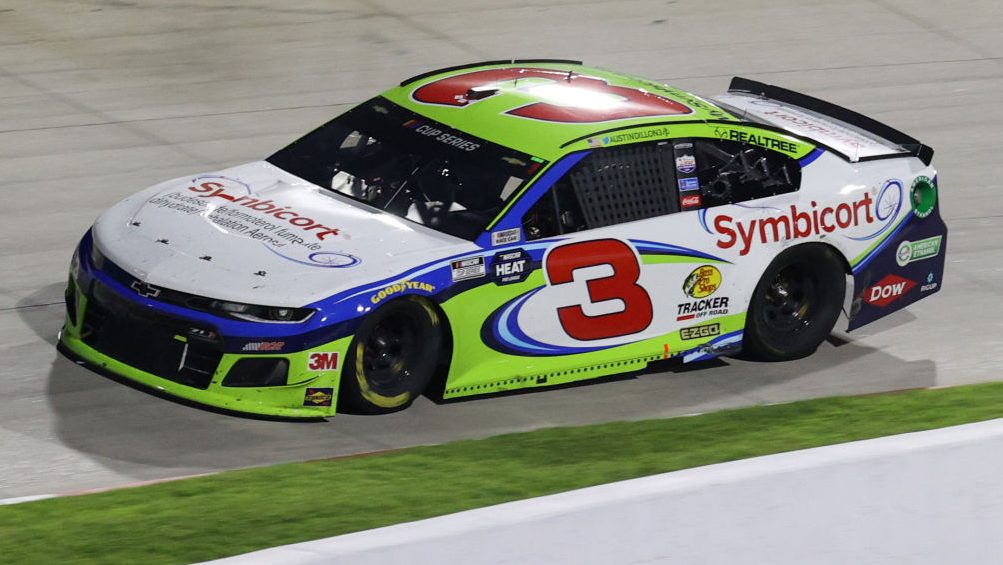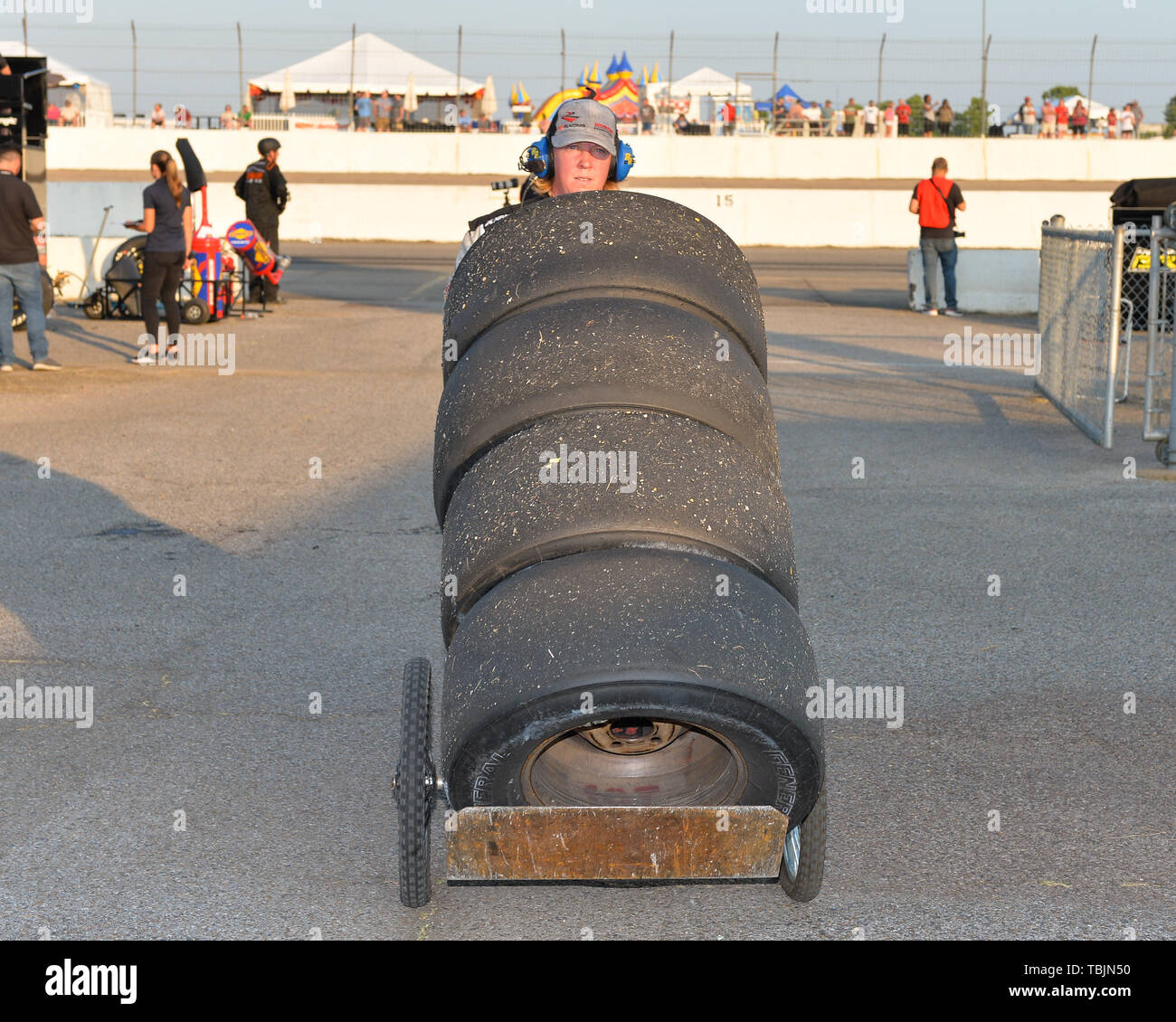
Porsche is a world-famous sports car maker, so it makes sense that it has built many race cars. Its 911 models have been a keystay of motor racing in recent years. The company also produced the 917/20 in the 1970s and the 962C in the 1980s. The company still makes race cars in a variety of configurations and ages. The 917/20 was the first production car that used the 911-based platform.
1990 Porsche 962C
The Porsche 962C proto-race car is one the most successful models of all time. It is the first Porsche to win the Le Mans 24 Hours and was the first prototype to win the All Japan Sports Prototype Championship. It also won the Norisring 200-mile race and the Watkins Glen 500-km race. It won two races in 1987 and 1988 as the Porsche GT Series' most popular model.

The 1990 962C prototype was built in two variants. Both the longtail and shorttail versions had lower rear wings. The shorter version had a higher, more prominent rear wing. Both versions were designed to maximize downforce. The bodywork produced huge amounts of downforce. It was twice more aerodynamic than the Porsche 917/30 Spyder. In fact, it generated up to twice as much downforce as that car. Although the car's design evolved slightly because of different engine configurations, its fundamental look remained the same.
The chassis was made to produce downforce. Some Porsche 962s used Fabcar-built chassis. The chassis was also designed with downforce as a goal. Formula One engineers hadn't before attempted to use downforce for improved aerodynamic performance. However, the design remained limited, and a number of private teams modified the 962 for their own use. The 962 was therefore a niche product which made it a prime candidate to be modified privately.
1971 Porsche 917/20
The 1971 Porsche 917/20 proto-race car was a low-drag variant of the Porsche 917. It featured a low-drag body design and more rear downforce than its 1969 long-tail counterpart. It didn't finish a race. Instead, it was sold to be a spare component. The 917LH never competed in a race. The engine's poor reliability was the key to this car’s success.
Reinhold Joest drove the car and painted it in pink and white. The car's engine was modified to produce a higher torque level. Kauhsen's 917/20 racing car was the fastest for 16 laps. It was followed by Van Lennep, Jose Juncadella, and David Hobbs. The Porsche 908/02 was driven by Andre Wicky and Max Cohen-Olivar. The 917/20 eventually pipped the entire field to win the race.

The 1991 model lacked a rear-end wing and had a flat front end. It featured a short nose with a raked top, side-byside headlights, a domed cockpit profile, and a raked lower nose. The nose was flattened. The rear-wing was also modified. The interior was also modified to look more race-ready. This car has a sleek, aerodynamic shape that is paired with a lower center of gravitation gives it an edge over other prototypes.
FAQ
Why do race car drivers wear such special clothing
Many race car driver wear very special clothing.
These clothes help keep them cool when they're racing.
The fabric helps prevent sweat from dripping down their bodies.
It protects their skin against being damaged by wind.
What is the difference between racing and road cars?
A road car is intended to be driven on roads. Race cars are specifically designed for competitions like car racing. These cars have aerodynamic features that allow them to accelerate quickly and brake very sharply.
Can I see a racecar driver?
Yes. There are many different ways to watch a racecar driver race.
You could buy tickets to attend one of the races. It is also possible to watch the race online.
You can also follow the race through radio and TV.
Statistics
- Forget the 200-mph battles of the late 1980s; no one, not even McLaren itself, predicted the inimitable F1 would go as fast as it did. (motortrend.com)
- In 2013 Ferrari had an estimated team budget of $470 million, while elite IndyCar teams have an estimated annual budget of $15 million, according to FormulaMoney. (businessinsider.com)
- In 2009, the slick tires returned as a part of revisions to the rules for the 2009 season; slicks have no grooves and give up to 18% more contact with the track. (en.wikipedia.org)
- Acceleration is a little gentler (relatively speaking) too, with 0-100km/h taking an estimated 3.1 seconds and 0-200km/h covered in 7.8 seconds. (autosport.com)
- This change may give an improvement of up to 29% fuel efficiency. (en.wikipedia.org)
External Links
How To
How to fast corner
In order to go faster in a race you need to get your car out from the way of other cars. This means you have the responsibility of turning before any other driver. When you do this correctly, you'll make everyone behind you brake too, because they won't know what's going on ahead of them. You will also avoid being in an accident with cars coming from all directions. So how do I corner quickly?
First, understand where you are going. If you don’t know where your destination is, you might end up in a completely new place. This is why it's important to plan well. You can make a map of your route to help you see where you are at any moment. Although it may seem tedious, having a map of your route will help you save a lot of time and headaches.
Next, you should figure out when you're going to start turning. It's best to begin after passing the first corner. Once you have completed the first corner, your starting point will be known. You now need to choose whether you will use the inside or outside lane.
If you intend to take the inside lanes, it's best to wait until there are no cars in front of your. You'll then be able move quickly and not worry about hitting anyone. However, once you get into the inside lane you must remain there. You must not drift back to the outside lane. If you do this, you might hit someone who is still moving slowly. You should also keep in mind that crossing the line dividing both lanes could cause your vehicle to lose control and make you vulnerable to crashes.
After you have decided on the lane that you want to use, it is time to choose a place to turn. There are many ways to approach this problem. Some people prefer looking for a gap or a void in traffic. Some people try to find an opening in the road. Still, others look for a point where the road curves around a hill or mountain. It doesn't matter which method you choose, it is important to avoid blocking the entire road. Traffic jams will be created all over town if you do this.
After you have picked the spot you want to turn on, you should decide whether you will make a sharp or gradual left. A sharp turn is easier than a gradual one. However, it requires more effort and takes longer to complete. It also makes it more difficult to properly steer your car. Many drivers prefer to take gradual turns because of this.
Finally, you need to accelerate just enough to escape the car in front of you. Accelerating too fast will cause you crash into its bumper. And accelerating too late will cause you to run off the road. You'll lose control and your car will crash. You need to gradually accelerate in order to avoid this. You should start slowly and increase your acceleration as you get closer to the edge.
When you've finished cornering, you need to slow down immediately. This is especially true when driving in heavy traffic. You risk running over someone else.